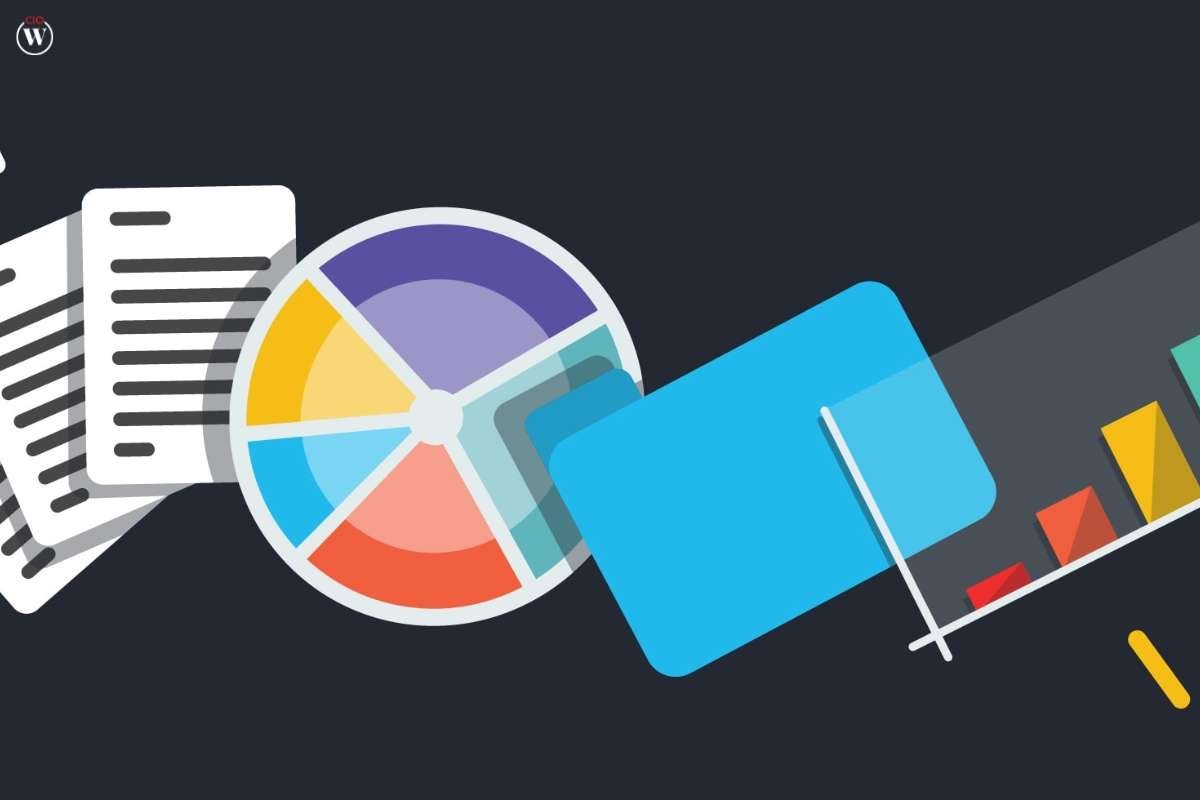Starting a small business can be an exciting and rewarding experience. However, it can also be overwhelming and stressful, especially if you don’t know where to begin. To ensure that your business has the best chance of success, it’s essential to create a startup checklist. This checklist will help you to stay organized, prioritize tasks, and ensure that you don’t miss anything critical. In this article, we’ll provide you with a detailed small business startup checklist, including sub-headings that will help you keep everything in order.
Here are detailed small business startup checklist;
1. Develop a Business Plan
The first step in a small business startup checklist is to develop a comprehensive business plan. A business plan is a document that outlines your company’s goals, target audience, marketing strategies, financial projections, and other critical information. It provides a roadmap for your business, helping you to stay focused and on track.
Your business plan should include the following sections:
- Executive Summary: A brief summary of your business and its goals.
- Business Description: A detailed description of your business, including your products or services, target audience, and unique selling proposition (USP).
- Market Analysis: An analysis of your target market, including customer demographics, trends, and competition.
- Marketing Strategy: A plan for promoting your business and reaching your target audience.
- Operations Plan: An overview of how your business will operate, including staffing, inventory management, and other logistics.
- Financial Plan: A projection of your business’s financial performance, including income statements, balance sheets, and cash flow statements.
2. Choose a Legal Structure
The next step in the Small business startup checklist is to choose a legal structure for your business. There are several options available, including sole proprietorship, partnership, limited liability company (LLC), and corporation. Each structure has its own advantages and disadvantages, so it’s important to choose the one that best suits your business’s needs.

For example, a sole proprietorship is the simplest and most cost-effective structure, but it offers no protection for your personal assets if your business is sued. A corporation, on the other hand, provides the most protection for your personal assets, but it’s also the most complicated and expensive structure.
3. Register Your Business
Once you’ve chosen a legal structure, you’ll need to register your business with the appropriate authorities. This may include registering with your state’s Secretary of State, obtaining a federal tax ID number, and registering for state and local taxes. Depending on your business’s location and industry, you may also need to obtain permits and licenses.
4. Secure Funding
Starting a business can be expensive, so it’s important to secure funding before launching. There are several ways to fund your business, including:
- Bootstrapping: Using your personal savings to finance your business.
- Small Business Administration (SBA) loans: Loans offered by the SBA to small businesses.
- Venture capital: Investment from venture capitalists in exchange for equity in your company.
- Crowdfunding: Raising funds from a large number of people through online platforms.
5. Set Up a Business Bank Account and Accounting System
Separating your personal and business finances is critical for managing your business’s cash flow and tracking expenses. To do this, you’ll need to set up a business bank account and accounting system. A business bank account will allow you to accept payments and pay expenses, while an accounting system will help you track your income and expenses, prepare financial statements, and file taxes.

6. Develop a Brand Identity
Your brand identity is the way your business presents itself to the world. It includes your company name, logo, colors, and overall aesthetic. Developing a strong brand identity is essential for building brand recognition and establishing trust with your customers.
7. Create a Website
In today’s digital age, having a website is critical for any business. Your website is your online storefront, providing potential customers with information about your business and the products or services you offer. Your website should be visually appealing, easy to navigate, and optimized for search engines.
When creating a website, there are several things to consider, Small business startup checklist includes:
- Domain name: Your website’s address, such as www.mybusiness.com.
- Web hosting: The service that hosts your website and makes it available on the internet.
- Design: The layout, colors, and overall look and feel of your website.
- Content: The text, images, and other media that appear on your website.
- Search engine optimization (SEO): The process of optimizing your website to rank higher in search engine results pages (SERPs).
8. Establish a Social Media Presence
In addition to a website, it’s important to establish a social media presence for your business. Social media platforms, such as Facebook, Twitter, and Instagram, provide a way to connect with potential customers, build brand awareness, and promote your products or services.
When establishing a social media presence, it’s important to choose the platforms that are most relevant to your target audience and to develop a consistent brand voice and messaging.
Also read: Social Media Strategy for Small Business: 5 Easy Steps to Get Started
9. Hire Employees

As your business grows, you may need to hire employees to help you manage your operations. When hiring employees, it’s important to follow the appropriate hiring and labor laws and to provide a safe and healthy work environment. You’ll also need to provide your employees with appropriate benefits, such as health insurance and paid time off.
10. Set Up a Business Phone System and Email
Having a professional phone system and email address is critical for establishing credibility with potential customers and important step in a Small business startup checklist. When setting up a business phone system, you may choose to use a virtual phone service or a traditional landline. For email, it’s important to use a professional email address that includes your business name, such as john@mybusiness.com.
11. Purchase Insurance
Insurance is an important consideration for any business, as it provides protection against unexpected events, such as accidents, lawsuits, and natural disasters. Depending on your business’s needs, you may need to purchase several types of insurance, including:
- General liability insurance: Provides protection against lawsuits and claims of bodily injury or property damage.
- Workers’ compensation insurance: Provides coverage for employees who are injured or become ill while on the job.
- Property insurance: Provides protection for your business’s physical assets, such as buildings, equipment, and inventory.
- Professional liability insurance: Provides protection against lawsuits and claims of negligence or malpractice.
12. Develop a Sales Strategy
Finally, in a Small business startup checklist, it’s important to develop a sales strategy that will help you attract and retain customers. This may include developing a pricing strategy, offering promotions and discounts, and building relationships with your customers through excellent customer service.
BOTTOM LINE
Starting a small business can be a complex and challenging process. However, by following a comprehensive small business startup checklist, you can stay organized, prioritize tasks, and ensure that you don’t miss anything critical. The 12 items on this checklist provide a roadmap for starting and growing a successful small business, from developing a business plan to establishing a social media presence to developing a sales strategy. By carefully planning and executing each step from the Small business startup checklist, you can increase your chances of success and build a thriving business.









